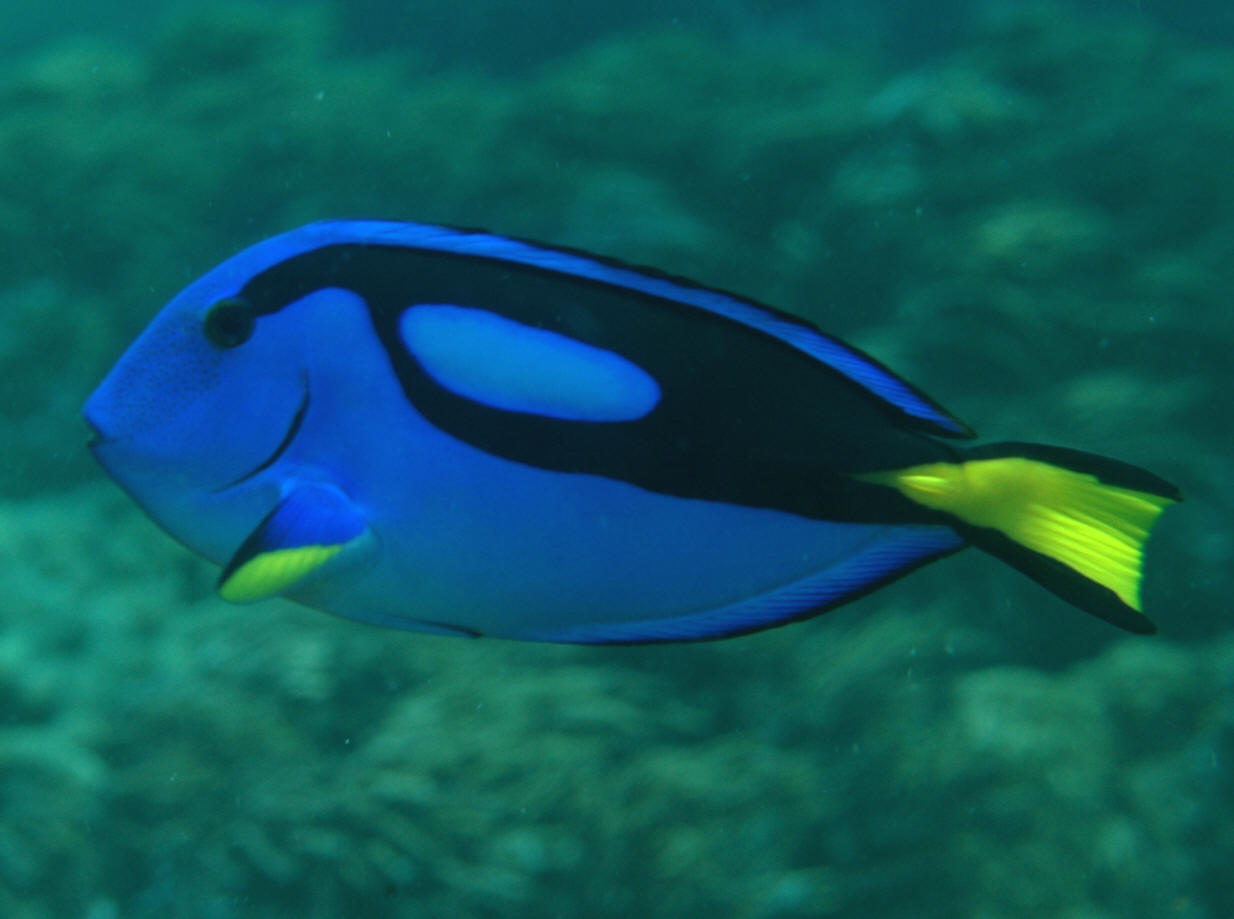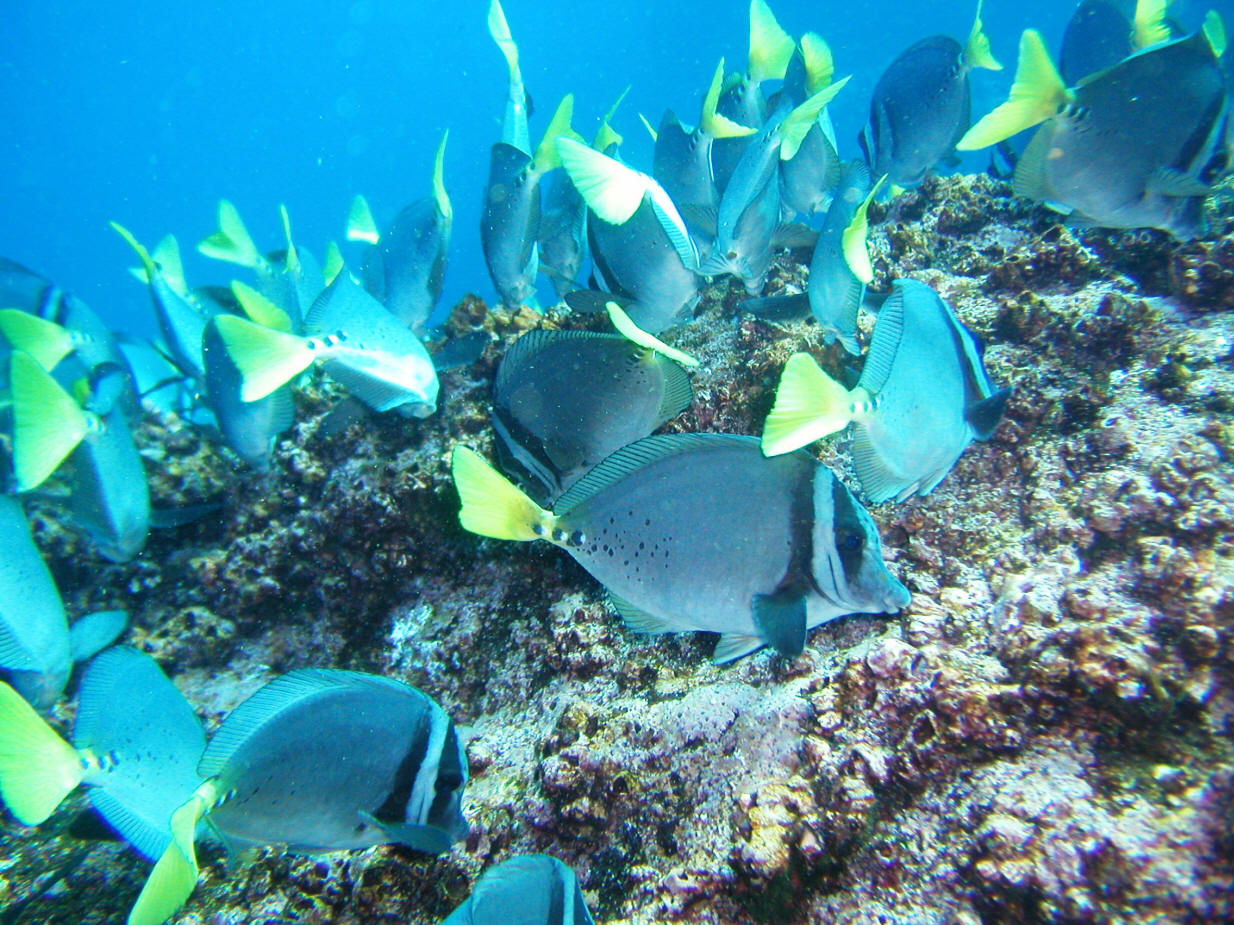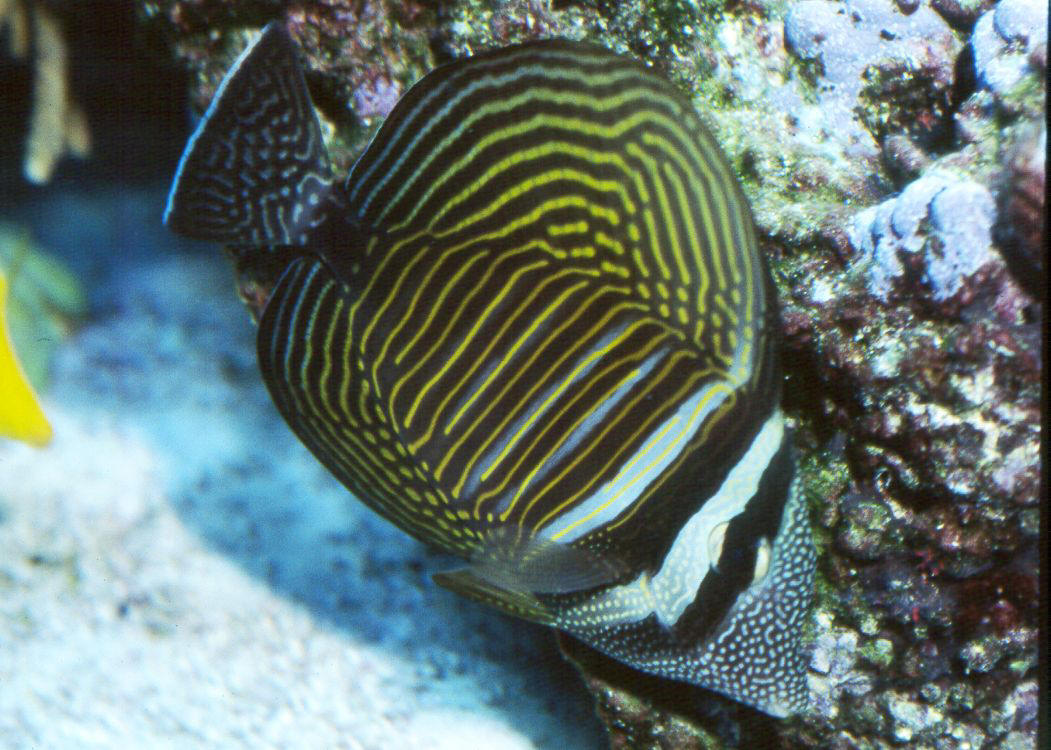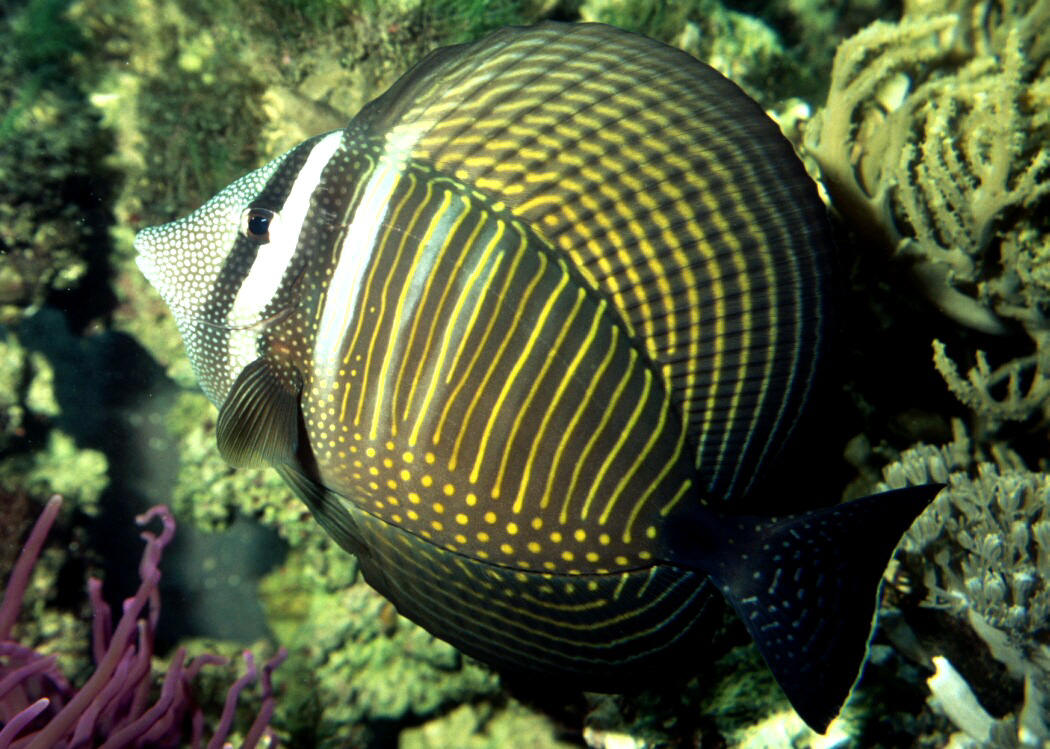Archive 182: Daily Pix FULL SIZE
(For personal use only: NOT public domain)
(Mmm, right click, add, set as background...)
To: Today's: Desktop size
download , Today's FAQs, SW Archive
125, SW Archive
126, SW Archive
127, SW Archive
128, SW Archive
129, SW Archive
130, SW Archive
131, SW Archive
132, SW Archive
133, SW Archive
134, SW Archive
135, SW Archive
136, SW Archive
137, SW Archive
138, SW Archive
139, SW Archive
140, SW Archive
141, SW Archive
142, SW Archive
143, SW Archive
144, SW Archive
145, SW Archive
146, SW Archive
147, SW Archive
148, SW Archive
149, SW Archive
150, SW Archive
151, SW Archive
152, SW Archive
153, SW Archive
154, SW Archive
155, SW Archive
156, SW Archive
157, SW Archive
158, SW Archive
159, SW Archive
160, SW Archive
161, SW Archive
162, SW Archive
163, SW Archive
164, SW Archive
165, SW Archive
166, SW Archive
167, SW Archive
168, SW Archive
169, SW Archive
170, SW Archive
171, SW Archive
172, SW Archive
173, SW Archive
174, SW Archive
175, SW Archive
176, SW Archive
177, SW Archive
178, SW Archive
179, SW Archive 180, SW Archive 181, SW Archive 183, SW Archive 184, SW Archive 185, SW Archive 186, SW Archive 187, SW Archive 188, SW Archive 189, SW Archive 190, SW Archive 191, SW Archive 192, SW Archive 193, SW Archive 194, SW Archive 195, SW Archive 196, SW Archive 197, SW Archive 198, SW Archive 199, Freshwater
Pic of the Day Link,
|
 |
| Paracanthurus hepatus (Linnaeus 1766), the
(Pacific) Yellow-Tailed Blue, Palette, Regal, or Hepatus Tang.
Indo-Pacific; East Africa to the Line Islands. Found in loose
aggregations near Pocillopora corals in which they dive into to
hide. To a foot long in the wild, rarely more than half that in
captivity. A zooplankton feeder principally, feeding on microalgae
secondarily. |
|

|
| Prionurus laticlavius (Valenciennes 1846),
the Razor Surgeonfish. Eastern Central Pacific; Costa Rica to
Columbia, Revillagigedos, Cocos, Galapagos Islands. To 32 cm. in
length. Found in large groups foraging for algae on shallow reef
rocks. Galapagos pic. |
 |
| Zebrasoma desjardinii
("day-har-din-ee-eye") (Bennett 1835), Desjardin's
Sailfin Tang. Seeing this fish and Z. veliferum at the same
time might cause you to do a double take; they are very similar in
color and markings. Desjardin's Tang comes to the trade mainly
from the Indian Ocean or Red Sea, so one way to distinguish it is
by source locale (or cost). It also has a few less soft dorsal and
anal fin rays (28,29D and 22-24A versus 29-33D and 23-26A for the
Pacific Sailfin) if you can get yours to hold still. Actually, the
easiest discernible difference is the markings on the tail. The
Pacific is white, yellow and gray banded, and Desjardin's is
dark with whitish yellow spots. A five inch individual in
captivity. |
 |
| Zebrasoma desjardinii
("day-har-din-ee-eye") (Bennett 1835), Desjardin's
Sailfin Tang. Seeing this fish and Z. veliferum at the same
time might cause you to do a double take; they are very similar in
color and markings. Desjardin's Tang comes to the trade mainly
from the Indian Ocean or Red Sea, so one way to distinguish it is
by source locale (or cost). It also has a few less soft dorsal and
anal fin rays (28,29D and 22-24A versus 29-33D and 23-26A for the
Pacific Sailfin) if you can get yours to hold still. Actually, the
easiest discernible difference is the markings on the tail. The
Pacific is white, yellow and gray banded, and Desjardin's is
dark with whitish yellow spots. Juvenile below. Currently
considered the same species as Z. veliferum by some
authorities. A six inch one in captivity. |
|
|

